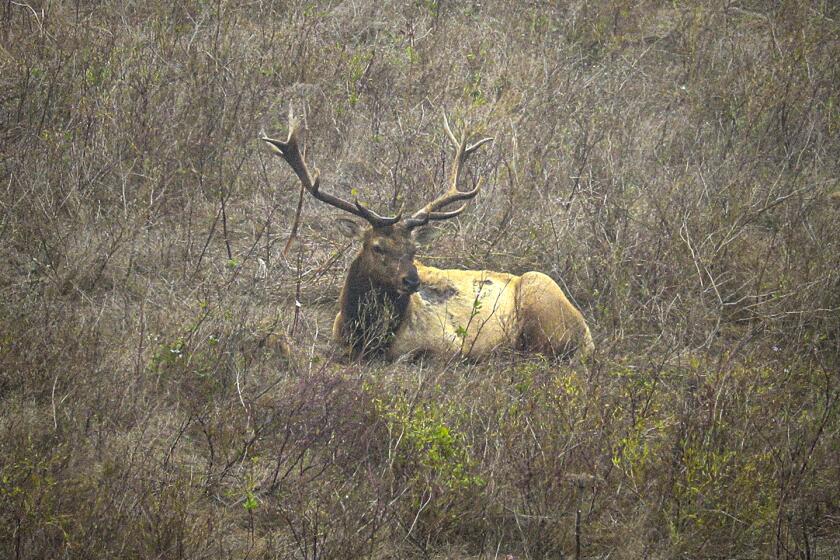Climate change means warmer temperatures and less snow for Yellowstone, report says

- Share via
HELENA, Mont. — Yellowstone National Park visitors hoping to see its geysers, wolves and bears can expect warmer temperatures and less snow in future years as climate change alters the park’s environment, according to a U.S. government-sponsored report released Wednesday.
Average temperatures in the Yellowstone region in recent decades were likely the warmest of the last 800,000 years, according to geologic studies. And average annual snowfall has decreased by nearly 2 feet since 1950.
Temperatures in the region have increased by more than 2 degrees Fahrenheit since 1950 and are expected to increase by an additional five to 10 degrees Fahrenheit by the end of the century, according to findings by scientists with the U.S. Geological Survey, Montana State University and the University of Wyoming.
Also by the end of the century, visitors will likely see more rain, but higher temperatures will likely mean drier summers — increasing the wildfire risk.
Three California residents and the Animal Legal Defense Fund have sued the National Park Service, claiming dozens of tule elk at Point Reyes National Seashore died from starvation and dehydration because of negligence by park officials.
These changes come as the park’s popularity has grown. In recent years, the park has seen around 4 million visits each year. Park officials expect 2021 to draw a record number of visitors to Yellowstone, as coronavirus restrictions ease and travelers seek opportunities for outdoor recreation.
More to Read
Sign up for Essential California
The most important California stories and recommendations in your inbox every morning.
You may occasionally receive promotional content from the Los Angeles Times.












